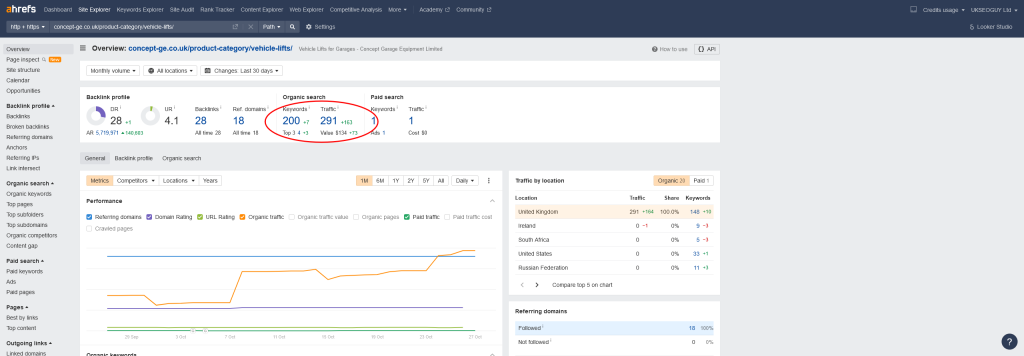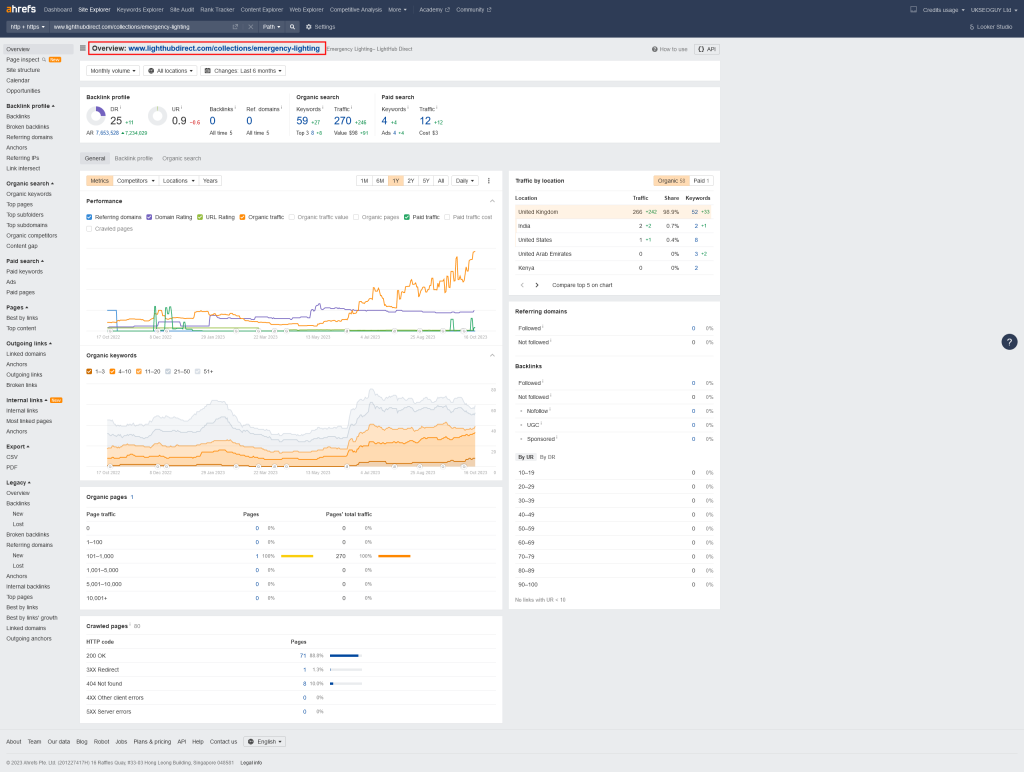Google Stacking
A lesser known way for ranking a website

What Is Google Stacking?
Google Stacking is an authoritative SEO strategy that creates links on Google’s own platform to a company, or user’s website to improve its online presence. Typical platforms for Google Stacking include Google Drive, Docs, Sheets, Forms, Slides, etc which are stacked on top of each other for SEO.
The process is also known as Google Entity Stacking, a Google Drive Stack, Google Cloud Stack, Google Property Stack, Google Asset Stack, and Google Authority Stack. Regardless of the name being used, the same off-page SEO link building strategy applies: creating links over a collection of Google entities for a specific website, company, or brand to improve it’s overall authority
The process is great for local SEO, however it also works well for national and international websites operating in a more competitive market on the Search Engine Result Pages.
Going Deeper
As we’ve established, Google Stacking works by creating assets on Google platforms and building links within those assets to your website.
They can also be used to help with local SEO by including the name, address, and phone number inside each Google asset.
Google has a vast network of properties:
- Google Drive
- Google Sites
- Google Docs
- Google Maps
- Google Sheets
- Google Slides
- Google Forms
- Google Drawings
- Google Calendars
- Google Photos
- Blogger/Blogspot
- YouTube
- PDFs
Google Stacking involves creating links on each of these to a website. They are interlinked, passing authority between the stack.
We are able to target keywords and phrases by using contextual links (the clickable text of a hyperlink), sending signals to the search engine that the website being linked to relates to those topics. For example, a builder in London may use a contextual link such as “kitchen renovations in Fulham”.
What about The Google Business Profile?
If you have a Google Business Profile I will also include work around that. Utilising the Google Maps platform we can create many positive signals to help influence positioning on the map pack – driving directions, places of interest, even contextual links direct to the profile using relevant keywords and phrases.
How Does My Process Work?
Depending on the gig level ordered I will ask for 4, 8 or 12 keywords/phrases. A set of Google Stacks will be created for each one.
This is the process that yielded best results in my testing and is what I believe sets me apart from other sellers offering the service who combine those phrases over one stack. It does involves more work but it does provide a much better outcome.
Once each set of stacks has been built, a html document is published over a Google Sites site which includes details of everything put in place. The Google Sites pages will then link to your website.
Can I see an example?
Yes, absolutely!
But How Do I Know it Works?
As with all my gigs I perform extensive testing before launching. I’ve binned off many that do not provide results, but I was delighted to see that the stacking method gave good gains to 5 of the 6 sites in my trial with the 6th (which started later) currently showing smaller improvements.
You can see details of these trials on my case studies page here including before and after screenshots from Ahrefs (a leading third party SEO tool) however an overview from my own records is listed below.
As you will see, the results are impressive with some competitive local search terms having double digit improvements.
The dates between the results being recorded was a few months. It’s important to note that this is not an overnight tactic. More recent success stories are below… These are screenshots from Ahrefs showing progress of further client URLs:
The graph below shows a 30 day overview of a URL recently worked on. The blue line on the graph represents new incoming links – you will see that it remains static during those 30 days.
I have highlighted the changes to the number of keywords/phrases the URL is picking up along with the change in monthly visitor numbers. Traffic increased by a massive 230% – from 128 visitors to 291. This was achieved through better positioning for their targeted keywords/phrases.
The following overview shows changes over a 6 month period. An order was completed towards the end of May with the screenshot taken 4.5 months later.
With this URL you can see that it actually has 0 inbound links to the page. Everything you are seeing has been achieved through Google Stacking. No inbound links yet the page ranks for 59 keywords/phrases and receives approximately 270 visitors per month.
This overview shows fantastic movement over the course of just a few weeks which looks to be continuing to rise.
Order placed at the end of December when monthly visitor numbers were approximately 342. 3 weeks later and they’ve rocketed to 797.
Positioning for keywords/phrases has improved dramatically and the site is capturing many more phrases.
You’ll see the level blue line in the second graph – this represents the number of inbound links to the site which have remained at just 3. All progress is through Google Stacking…
Frequently asked questions
The number of phrases will depend on the level ordered. If you wish to link to different pages for each one that’s fine.
No. The Google entities will be a mix of links to one another along with links to your URL.
There are no restrictions.
No, it can be repeated.






